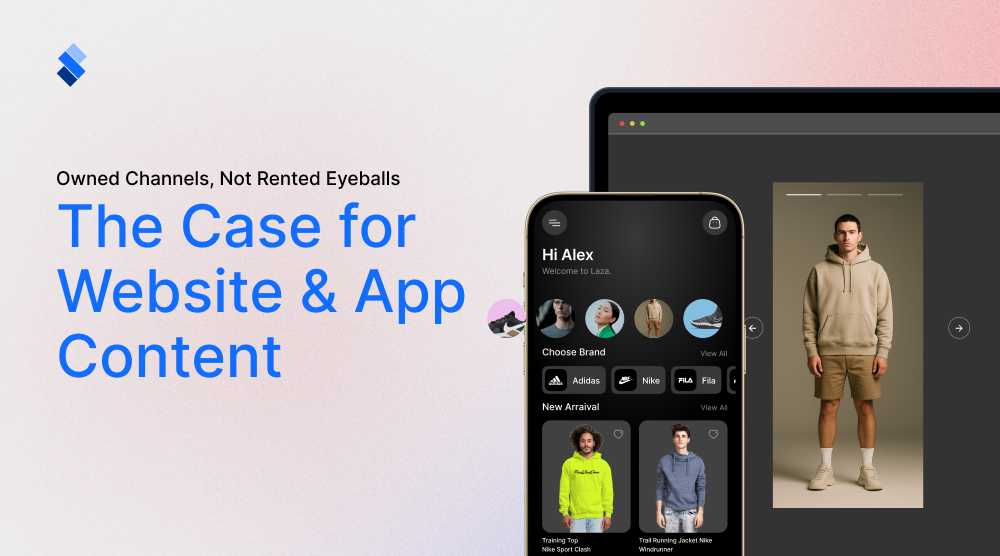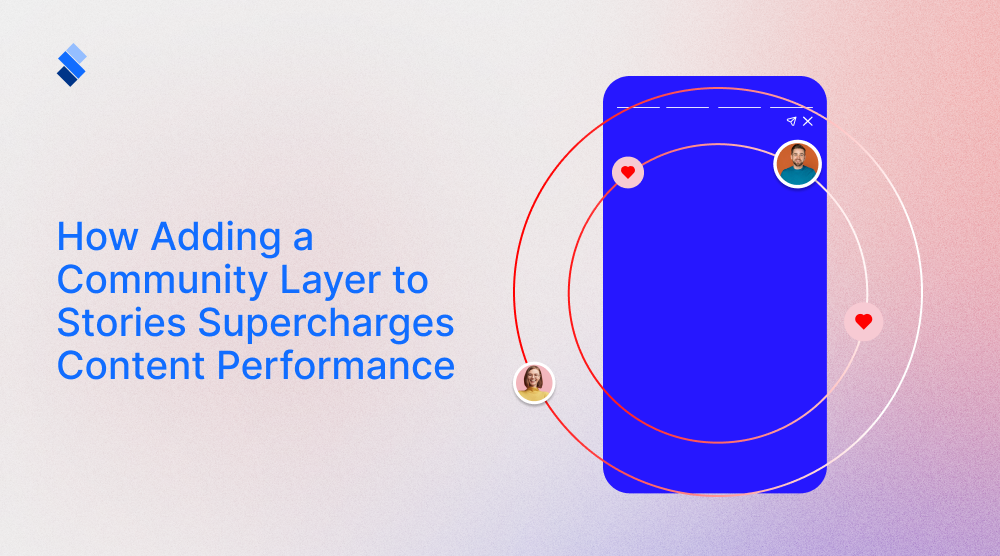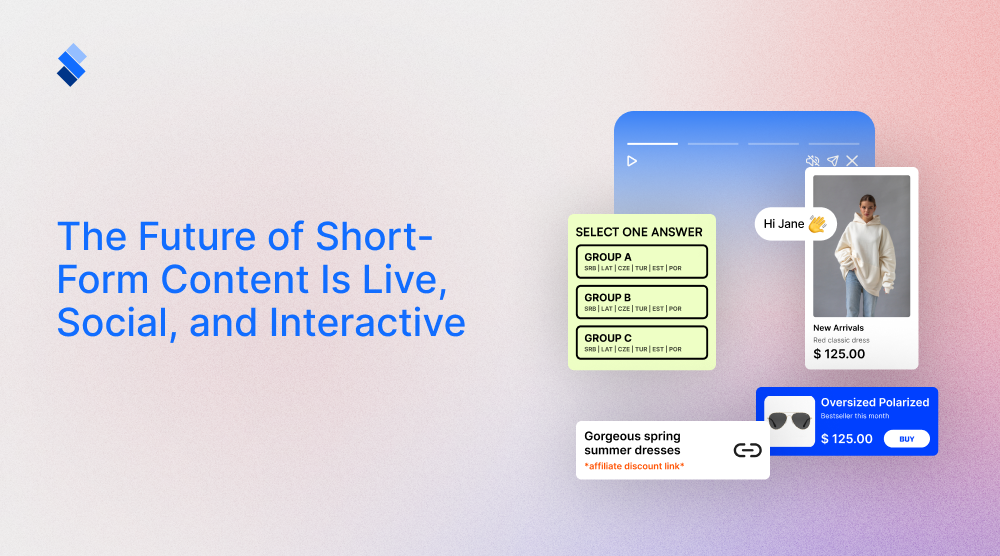From Views to Value: Measuring True ROI of Short-Form Video Content
The ROI of short-form video can be difficult to calculate and even more difficult to optimize. But, with the right preparation and a bit of hard work, you may yield terrific results from even a single piece of content.
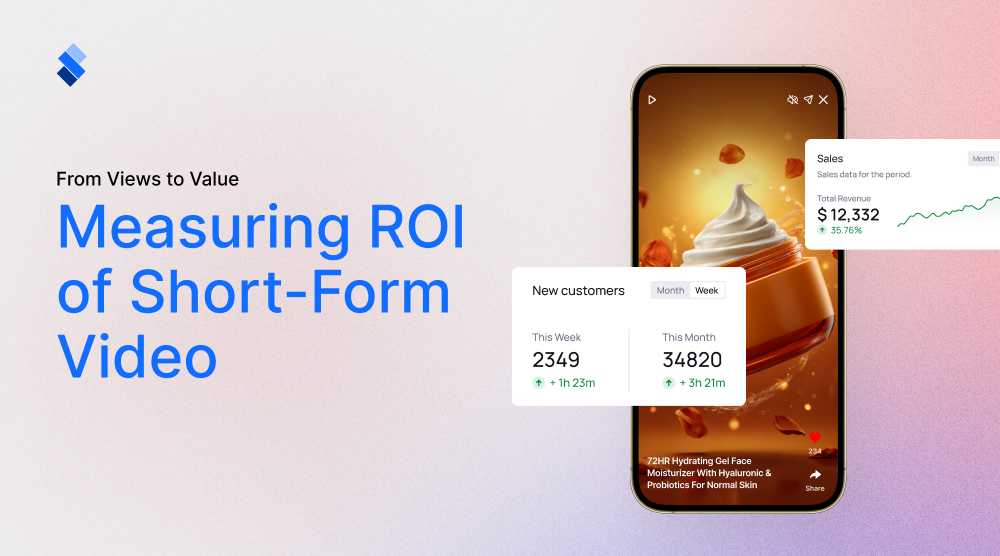
Even a simple glance at modern marketing clearly shows that short-form videos are all the hype. The explosive growth of short-form video across TikTok, Instagram Reels, and YouTube Shorts has shaken up the online marketing norms. But, it has also presented some unique challenges. While these platforms deliver unprecedented reach and engagement, many brands struggle to actually yield revenue from their content. This is mostly because brands find it difficult to keep up with ongoing trends and properly align their content creation. By the time they notice that their, seemingly well-performing, short videos aren’t yielding real results, it is usually too late. So, to combat this, we will give you the necessary steps in measuring true ROI of sort-form video content and provide you with framework, benchmarks, and real-world examples you need to transform your short-form video strategy from a branding exercise into a revenue driver.
Understanding the ROI of short-form video content
There is hardly a type of content that will give you a bigger bang for your buck then short videos. We’ve all seen numerous amateur made videos that went viral on TikTok and brought millions of views. It is every retailers dream to create such a video and gain such viewership, but you should hardly bet on it. In practise, creating an effective short-from video requires planning, design and follow up analytics.
When we talk about short-from videos, at the same time we talk about DIY videos that can cost between $10 and $500, to the high-end ones with complex animations and celebrity cameos that cost $20,000 – $50,000+. Considering this investment, it is only natural to wonder what kind of ROI (Return Of Investment) one can expect on the videos they put out. Well, let’s assume you a video idea in mind that you want to put out. Here is what you can expect.
The cost of making a short-form video
Creating a short-form video involves both direct and hidden costs. Pre-production costs can include concept development, which can range from $0 if done in-house to $500+ if hiring a freelancer. This phase also includes scripting, storyboarding, and planning the visual style of the video. Some videos might require location and permits, which can add to expenses, especially if filming in a professional studio or public space. While filming at home or in an office is free, renting a studio or securing permits can cost anywhere from $50 to $1,000 or more, depending on the location.
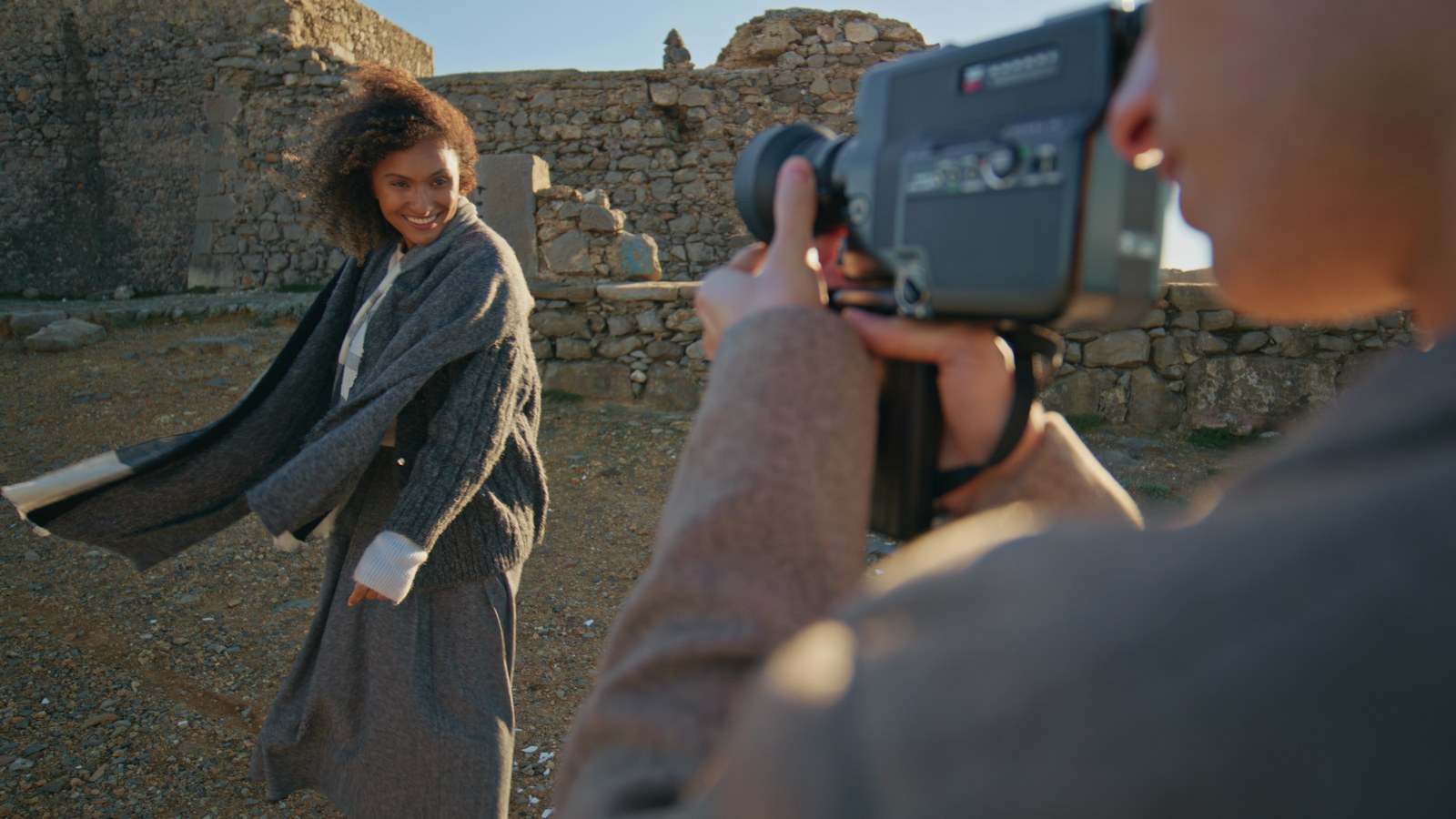
Hiring talent and crew is another thing to consider. If you’re filming yourself, this cost is $0, but professional actors, voice-over artists, or influencers can range from $100 to $5,000 or more, depending on their following and experience. If you don’t have proper equipement of your own, you might need to also add the production costs. These include equipment such as cameras, lighting, and audio gear. Using a smartphone is free, but investing in a DSLR, mirrorless camera, or professional lighting setups can range from $200 to $3,000+. Microphones and stabilizers add another $20 to $500. To all of this, you might need to add:
- A videographer - $50–$300 per hour
- An on-set editor could cost $30–$150 per hour.
- Props and set design - Simple videos may need no props ($0), while branded or high-production videos might spend $100–$1,000+ on custom designs, branded items, or specialty props.
- Post-production costs - Editing software, which can be free (CapCut, iMovie) or paid (Adobe Premiere Pro at $20–$60/month). Hiring an editor ranges from $50 for a basic cut to $500+ for advanced effects and animations.
- Music and sound effects - Royalty-free tracks can be $0–$50, while licensed commercial music may cost $100–$10,000+. Custom sound design or voice-overs add another $50–$500 per video.
- With StorifyMe, graphics and motion design can be both free or complex (custom animations. If your video requires branding, lower-thirds, or special effects, this adds to the budget.
- Distribution and promotion costs - Ppaid ads can range from $20 for small campaigns to $10,000+ for large-scale promotions. Influencer collaborations also vary. Micro-influencers charge $50–$500, while celebrities can demand $100,000+.
- Hidden costs - include time investment (hours spent planning, filming, and editing), equipment depreciation (cameras and gear lose value over time), and potential reshoots or revisions (adding 10–30% to the budget if changes are needed).
As you can see, there is quite a bit of variation. Therefore, the range from $0 to $50,000+ is entirely plausible. In practise, most brand tend to invest a couple of hundreds of dollars. With that kind of investment what type of ROI can you expect?
CPM Benchmarks across platforms
CPM (cost-per-thousand impressions) is of the most commonly used metrics for budgeting and comparing performance across platforms. It represents the cost an advertiser pays for 1,000 impressions (views) of their ad. Now, it is important to note that CPM results can vary between different platforms. Instagram Story ads average $8-$18 CPM. This makes them ideal for brand awareness and retargeting campaigns. Meanwhile, TikTok offers slightly lower CPMs at $5-$12, with particular effectiveness for reaching younger audiences. Facebook Stories fall in the $6-$14 range and work well for broad targeting, while YouTube Shorts command $10-$20 CPMs but deliver highly engaged viewers.

These benchmarks have risen 15-20% year-over-year as competition intensifies, with holiday periods seeing spikes up to 50%. Savvy marketers are countering these increases by focusing on retargeting campaigns, which typically show 30-40% lower CPMs than prospecting efforts. So, this is the ROI you can expect for your short-form videos on different platforms.
Cost-effectiveness through AI
A big game changer for short-video creation, especially their cost-effectiveness, is the rise of AI video tools like Synthesia and HeyGen. Tools such has these have created new opportunities for scalable content production at dramatically lower costs. Pricing typically ranging from $20-$150 per video and production times measured in minutes rather than days. Considering this, it is no wonder that AI tools excel when it comes to rapid A/B testing iterations, localized versioning, and data-driven personalization.
One notable e-commerce case study saw a brand produce 200 AI-generated product videos in one week, achieving an impressive 3.2x return on ad spend. It is fair to say that AI videos may lack some of the polish of professional productions. But, it is hard not to notice their cost efficiency and speed which enable brands to compete with substantially larger companies in various marketing scenarios.
Manual Video Production: When Quality Counts
So, does this mean that in order to have a decent ROI you need to forgo manual production and only rely on AI. Well, not quite. Traditional video production, while more resource-intensive, still plays a critical role for brands where quality and authenticity matter most. The downsides are that costs can range from $500-$10,000+ per video and production timelines stretching from days to weeks. This is why manual production makes the most sense for brand campaigns, emotional storytelling, high-production-value content, and celebrity/influencer collaborations.

The ROI justification comes from conversion rates that typically run 20-30% higher than AI-generated content for premium products and services. Luxury brands in particular have found that the subtle nuances of lighting, cinematography, and human performance in professional videos translate directly to higher perceived value and conversion rates among discerning customers.
Learning from examples
To get a better idea of how to create short-form videos with great ROI, let’s take a closer look at a couple of examples:
BuzzFeed's repurposing
BuzzFeed's was quite clever when they repurposed top articles into snackable Instagram Stories. We’ve written before how repurposing content is a art in it own right, and that when done properly can do wonders for ROI. Well, BuzzFeed learned this first hand. Their strategy delivered a 12% average CTR - triple the 4% industry average for publisher content. More importantly, it generated three times more subscriptions than traditional banner ads. While also maintaining a 40% lower acquisition cost than their Facebook ad campaigns. This success came from carefully optimizing Story length, using bold text overlays to highlight key points, and ending each Story with a strong CTA for subscribing. The case proves that even content-heavy industries like publishing can drive meaningful business outcomes through strategic short-form video.
NBA Team's ticket sales strategy
When it comes to sports marketing, you don’t need to look much furher for inspiration then the NBA. By creating behind-the-scenes Reels content with clear ticket purchase CTAs, they achieved a 20% lower CPM than their television ads while driving 15% of total ticket sales through the platform. Compared to their email marketing efforts, the Reels strategy delivered ticket buyers at 50% lower acquisition costs. The team found particular success with player-focused content. This included showing locker room moments and practice footage, which generated 3x more engagement than generic promotional clips. Here we can see how authenticity and access can translate to sales in the sports world.
Shein’s UGC
Shein's short-form video success story demonstrates the power of combining organic UGC with paid amplification. The fast-fashion retailer launched their #SheinHaul campaign by encouraging customers to post 15-second try-on videos showcasing their purchases. These authentic, user-generated clips quickly gained traction, with many featuring budget-friendly outfit combinations under $50. To amplify results, Shein strategically partnered with nano-influencers (10K-50K followers) who created similar haul content. The brand then boosted top-performing organic videos as ads, adding shoppable product tags and countdown timers for flash sales.

This multi-pronged approach generated staggering results: over 6 billion total views across TikTok and Instagram Reels, with the most viral individual posts reaching 50M+ views. The campaign drove a 30% increase in app installs week-over-week during peak periods. More importantly, it translated to an estimated $100M+ in direct sales attributed to the campaign, with some influencer-led posts achieving conversion rates as high as 8%. Shein is by no means the first company to levarage UGC, where Stanely Cups stand as a clear guide of UGC done right. But, it does show that UGC can be especially useful in modern marketing. Especially from an ROI standpoint.
Mistakes to avoid
Regardless of the strategy you opt form, the biggest harm to your ROI will come from the mistakes you make. While some mistakes are inevitable, you’d be smart to learn from other people and avoid as many as possible. So, let’s outline some of the most common.
Using generic benchmarks across all platforms
There is a good reason why we outlined different CPM benchmarks for various platforms. Assuming TikTok, Instagram Reels, and YouTube Shorts perform identically is a costly mistake to make. Each platform has unique algorithms, audience behaviours, and performance norms. For instance, TikTok typically sees lower CTRs than Instagram Stories but higher viral potential. The solution? When evaluation ROI for short-form videos, study platform-specific benchmarks and set KPIs accordingly. What counts as "good" engagement on one platform might be mediocre on another.
Ignoring the full customer journey
Too many brands only measure last-click conversions from videos, missing how they contribute to broader funnel movement. A viewer might watch three of your Reels before finally clicking your website link a week later. Without multi-touch attribution, you’ll undervalue your content’s true impact. You need to implement proper UTM tracking, pixels, and CRM integration to connect video engagement to eventual conversions.
Not analyzing audience retention & drop-off points
If you’re not reviewing retention graphs, you’re flying blind. These show exactly when viewers lose interest—whether it’s a weak opening (high drop-off in the first 3 seconds), boring middle (gradual decline), or missing CTA (late drop-off). For example, one brand discovered 60% of viewers left during a lengthy intro; shortening it boosted completions by 25%. Most platforms provide these insights. Use them.
Treating paid and organic content the same
Organic videos build brand affinity; paid ads drive direct response. Measuring them with identical KPIs leads to faulty conclusions. Paid content should be judged on conversion rates and ROAS, while organic success might be measured through shares, saves, or follower growth. Segment your analytics to avoid comparing apples to oranges.
Letting creative fatigue sabotage performance
Running the same ad creative for months guarantees diminishing returns. Audiences tune out repetitive content, causing CTRs to drop and CPMs to rise. The fix? Refresh creatives every 2–3 weeks and monitor frequency metrics. Better yet, use dynamic creative optimization to automatically rotate high-performing variants.
Forgetting to track offline conversions
If you’re not measuring how videos drive in-store sales or phone inquiries, you’re missing a huge piece of ROI. Many customers discover products on social media but buy offline. Solutions include promo codes ("TIKTOK10"), QR codes, or platform tools like Meta’s offline conversions API to bridge this gap.

Designing videos that rely on sound
With 85% of social videos watched on mute, assuming viewers will hear your message is a costly mistake. Videos that depend on voiceovers or music alone fail to engage. Always use captions, text overlays, and strong visual storytelling so your message comes across clearly, with or without sound.
Not making mobile friendly videos
It should go without saying that your videos should be optimized for mobile. Ignoring mobile-native content is a costly mistake for any brand to make. So, regardless of what your strategy is, your videos need to look nice on handheld devices.
Comparing short-form and long-form video ROI directly
Expecting a 15-second TikTok to perform like a 5-minute YouTube explainer ignores their different purposes. Short-form excels at awareness and reach; long-form nurtures high-intent buyers. Judge each format by its role in the funnel. Don’t expect a Reel to deliver the same lead quality as a webinar.
Drawing conclusions from insufficient data
Testing just one or two video variants leads to unreliable insights. Short-form performance is inherently volatile—what works today might flop tomorrow. Run proper A/B tests with at least 5–10 creatives before identifying true winners. For example, one brand tested 12 different hooks before finding their top performer (which doubled their CTR).
Final thoughts
When used properly, short-form video can do wonders for your online presence and revenue. With costs ranging from $0 (DIY) to $50,000+ (high-end productions) you have a lot of freedom to choose how much your are willing to invest. Whether or not your investment will pay off depends on smart investment, platform-specific optimization, and measurable outcomes. TikTok excels in virality, Instagram Reels in conversions, and YouTube Shorts in engagement, while UGC and authenticity (like Shein’s #Haul videos or NBA’s behind-the-scenes clips) prove real moments drive sales. Keep in mind the mistakes we’ve outlined and try to avoid them as much as possible. If you’re struggling to turn views into revenue, StorifyMe can help you from idea creation to design and post-production. So, once you are ready, know that we are here to help.
